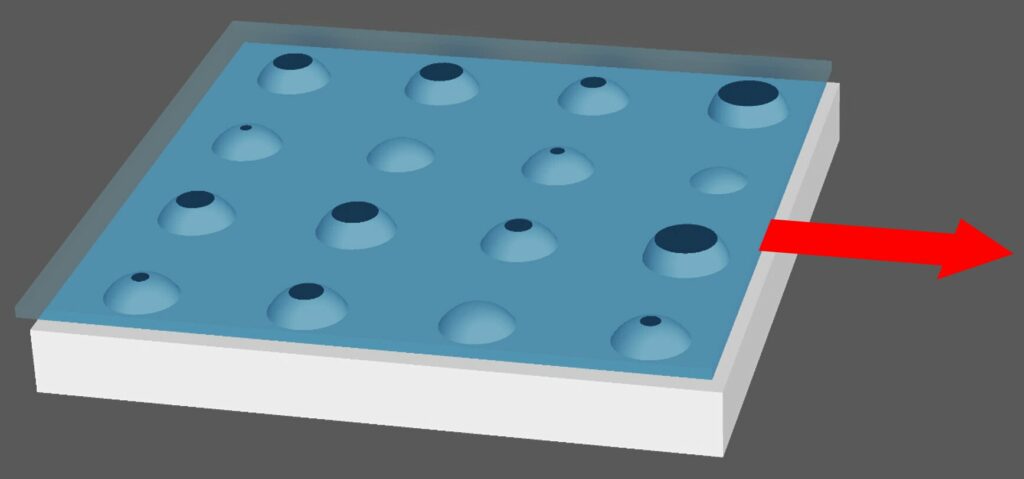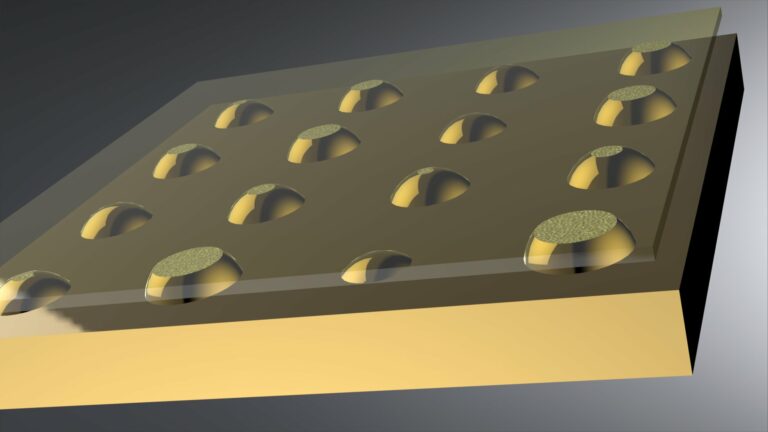Adjusting Friction on a Flat Surface Without the Need for Mathematical Calculations
A group of microsystems engineers from Université de Lyon, École Centrale de Lyon, have devised a technique to achieve a specific level of friction between two flat surfaces without relying on mathematical calculations. The details of their project have been documented in the journal Science. Viacheslav Slesarenko and Lars Pastewka, both affiliated with the University of Freiburg, have also contributed a Perspective article in the same journal issue, outlining the team’s work in France.
Friction, the resistance encountered when two materials are pressed and moved against each other, has become a significant consideration in the development of modern electronic properties. Whether it’s the friction experienced during a finger swipe across a phone screen or the sensors being developed for robotic hands, managing and measuring friction has become a crucial concern for electronics engineers.
Unfortunately, despite its widespread presence, accurately calculating friction coefficients remains a complex task due to the multitude of material characteristics involved. However, the researchers in France have now discovered a more efficient approach to achieving the desired level of friction between two flat objects.
The primary cause of friction between two flat surfaces is the presence of projections on either surface. When small protrusions on one surface come into contact with those on the other surface, they must overcome each other in order to facilitate sliding. The team’s groundbreaking work involved the development of a flat surface with adjustable bumps.
In order to create this surface, the research team utilized a rubber-like elastomer, which they refer to as a metainterface due to its adjustable bumps. Each of these bumps can be individually modified in terms of its height. By manipulating the heights of these bumps, the team was able to manipulate the level of friction generated when another flat surface was pressed against it and subsequently moved sideways. Through a systematic adjustment of the bump heights, the researchers were able to achieve the desired level of friction.

They tested their metainterface by placing a glass pane on top of it, applying pressure, and then sliding it to one side and then the other. Using this approach, they found that they could not only create materials with the desired degree of friction, but also demonstrate several friction laws.
This article is republished from PhysORG under a Creative Commons license. Read the original article.
Do not forget to share your opinion with us to provide you with the best posts !




0 Comments